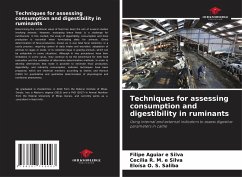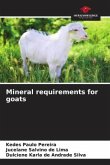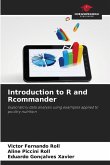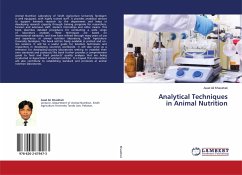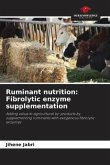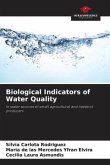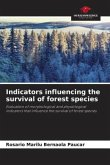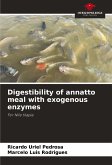Determining the nutritional value of feed has been the aim of several studies involving animals. However, evaluating these feeds is a challenge for nutritionists. In this context, the study of digestibility, consumption and fecal production is essential when formulating diets for animals. Direct determination of fecal production, known as in vivo total fecal collection, is a costly process, requiring control of daily intake and excretion, adaptation of animals to cages or stalls, or to collection bags in grazing animals, which can be unfeasible in some situations. Although in vivo procedures have their limitations in some cases, they continue to be the benchmark for both food evaluation and the validation of alternative determination methods. In order to develop alternatives that make it possible to estimate fecal production, digestibility, and indirectly consumption, indicator techniques have been proposed, which are chemical monitors according to Owens and Hanson (1992) for quantitative and qualitative determination of physiological and nutritional phenomena.
Bitte wählen Sie Ihr Anliegen aus.
Rechnungen
Retourenschein anfordern
Bestellstatus
Storno

